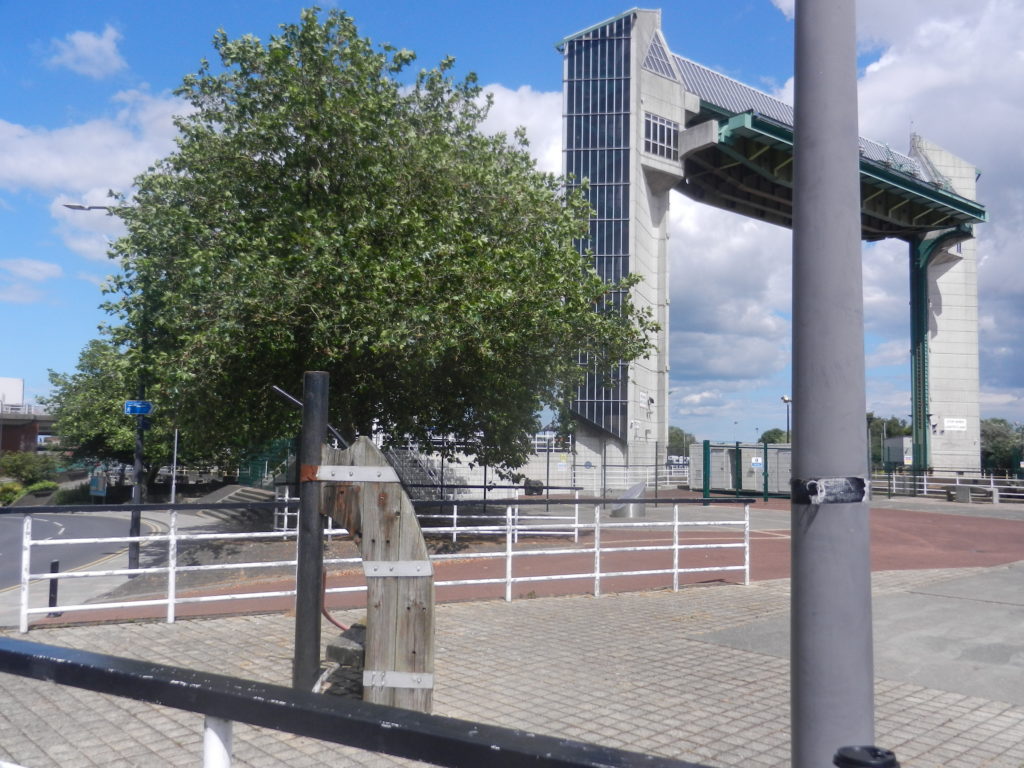
Today’s photo shows another young plane tree (s.p.b.) planted in the landscaped area beside the Tidal Barrier spanning the River Hull near the mouth of the River.
A common ancestor of today’s plane trees has been discovered in plants fossils from the Paleocene geological era, this being approximately 60 million years past, in an era that saw the early evolution of mammals in the wake of the dinosaur extinction. Even though the fossil evidence was from strata in Canada, nevertheless, at that time the continents of Europe and North America were still joined so it may well be that plane trees have lived on these islands for that time; even so the plane is not classed as a native species (s.p.b.s). In North America today the plane tree is known as the sycamore and sycamore, plane and maple leaves are all similar in shape, having ‘lobes’.
When growing-up in a rural part of Norfolk I don’t recall any mention of plane as a type of English tree, a fact which underlines its association with urban areas.
A further benefit in urban environments of plane trees is that they seem to be able to resist being uprooted in gale-force winds, a fact that must relate to it having a sturdy and deep root system.
With it not being classed as a ‘native species’ young plane trees will not be planted in the re-designed Queens Gardens in Hull; this area now fenced-off and work having started along the south edge. Almost certainly this work will be ongoing for a few years during which time Hull’s central park will not be accessible!!!
(to be continued).